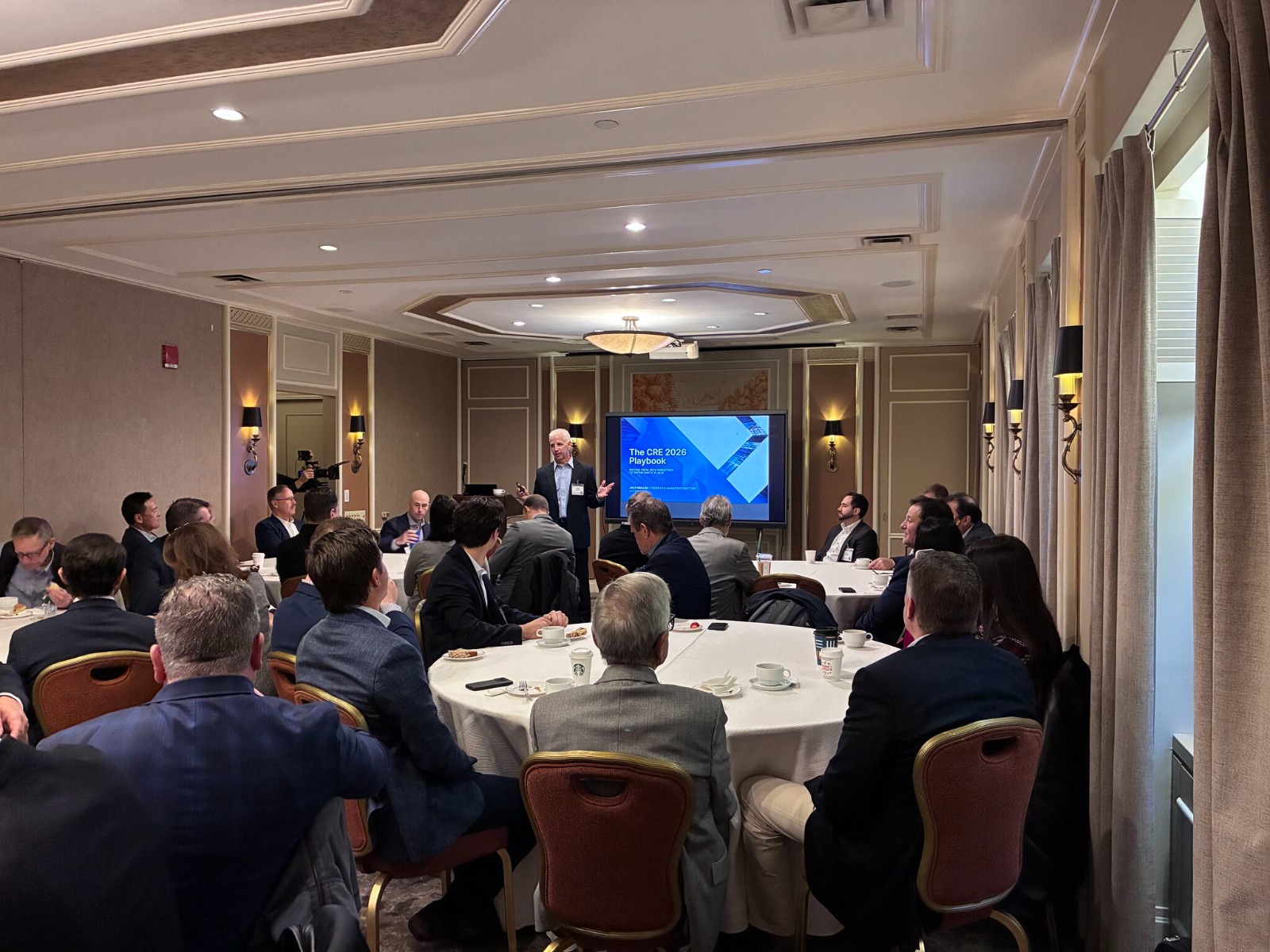Observations from CREFC Annual Conference
June 15, 2017
Q2 Pipeline of new issuance is strong, and up significantly from Q1. Industry adjusting to Risk Retention with outlook that large banking institutions with active CMBS programs will be the big winners and continue to dominate issuance. Outlook for 2017 issuance volume in line with 2016 with predictions ranging from $50bn to $75bn. Concerns about 2018 volume are on the rise with significant fall-off in loan maturities from 2017.
2017 Wall Of Maturities A Non-Event – What’s Next
Concerns regarding market disruption due to the Wall of 2017 CMBS loan maturities has turned into a non-event as alternative lending sources, mezzanine and equity capital has stepped in to recapitalize assets. CMBS loans to special servers has gradually increased during the first half of 2017 but not at the rate many had predicted. Foreclosures and REO sales has been somewhat benign.
Alternative Lenders Continue To Grab Market Share
Debt Funds, Mortgage REITs and BDCs (Business Develop Companies) have expanded their capital raising and CRE lending activities during 2017 with a focus on floating rate transitional assets. Insurance Companies and Commercial Banks have also expanded their balance sheet lending, however, Alternative Lenders have increased their share of the construction and heavy transitional lending market. HVCRE regulator guidelines governing required equity capital from borrows, and in particular, land equity basis have pushed construction lending from banks to alternative lenders.
Not All Asset Classes Are The Same
Lenders are actively re-evaluating their portfolio mix while expanding their alternative asset classes. The traditional retail model has been “Amazoned” into a new reality. While power centers and second tier malls now seem like dinosaurs, high street and grocery anchored community centers will also need to be re-evaluated. Suburban Office may be back in favor if it is in the right sub-market and location. Apartment demand dynamics remain favorable, but the millennials will eventually be buyers, which is pushing up demand with for-sale projects. Alternative asset classes are gaining more attention including student housing, public storage, data centers, bio-med, and mobile home parks.
Are We At A Market Peak?
Overall consensus is alarmingly stable, with disruption more commonly seen around particular asset classes in particular sub-markets. Most market leaders seem to see 2019 or 2020 as the end of the up- cycle. Overall, lending parameters seem to be reasonable, and equity capital contributions are supportive of continued stability. Currently the unforeseen event, Washington political dysfunction, and non-real estate related dynamics such as cyber-security seem to be keeping people up at night.
About Jack Mullen of Summer Street Advisors:
As Founder & Managing Director of Summer Street Advisors, Jack Mullen leverages decades of experience in valuation, underwriting, and risk management to lead multi-million and multi-billion dollar CRE transactions.
Previously with GE Capital and large institutional banks, he has shaped investment strategies for some of the industry’s largest deals. A recognized leader, his insights are featured in GlobeSt.com and CREFC Finance World, and he is a sought-after speaker at industry conferences and top universities.
For strategic advice on your portfolio or transaction, contact:
jack.mullen@summerstreetre.com
Media Contact:

